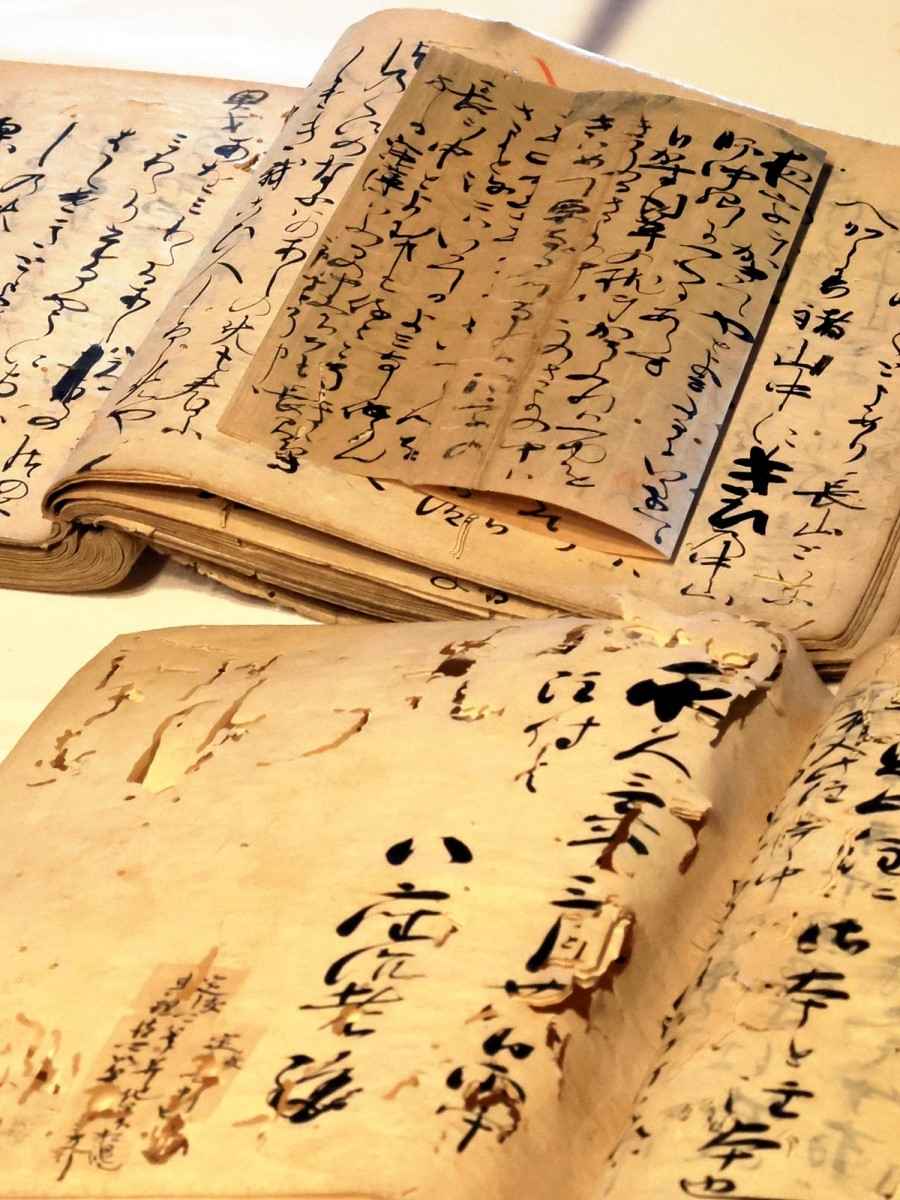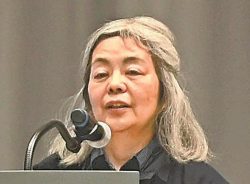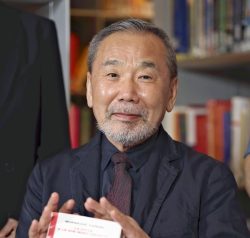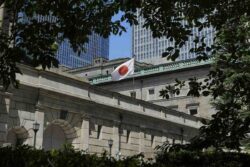Precious Literary Manuscript Found in Antique Wooden Box; Written Kamakura-Period Poet Teika in His Own Hand

The original copy of Kenchu Mikkan, a commentary on Kokin Wakashu, written by Fujiwara no Teika.
1:00 JST, April 22, 2024
KYOTO — When Japan’s first Imperial anthology of waka poems was compiled in the Heian period (794 – late 12th century), it marked the beginning of a story that continues to unfold, most recently with the discovery of a precious literary artifact in storage in Kyoto, it was learned Thursday.
The poetry collection is called Kokin Wakashu (Collection of ancient and modern Japanese poems). A monk named Kensho wrote a commentary on the collection from the end of the Heian period to the Kamakura period (late 12th century to 1333). His commentary is titled Kenchu.
Among the readers of Kenchu was the major Kamakura period poet Fujiwara no Teika (1162-1241), who added his own commentary, called Mikkan. In 1221, Teika compiled all of this text into a book called Kenchu Mikkan.
One copy of Kenchu Mikkan is currently designated as an important cultural property. But the newly discovered manuscript is something more: It is the original text, written in Teika’s own hand.
According to the Kyoto-based Reizei Family Shiguretei Bunko Foundation, the original copy of Kenchu Mikkan was found in the Kyoto residence of the Reizei family, descendants of the Teika family. The manuscript was found in a wooden box labeled “Kokindenju” (Transmission of teaching regarding the Kokin Wakashu), stored in a warehouse of the Reizei family.

The “Kokindenju” box that held the original copy of Kenchu Mikkan is seen at the residence of the Reizei family in Kyoto.
It was confirmed to have been written by Teika himself because it is written in a characteristic calligraphy style called “Teikayo” and contains the characters for “Hachiza Chinro,” Teika’s pen name, as well as his kao, a distinctive signature that functioned as a seal.
The original Kenchu Mikkan manuscript is an invaluable document for Kokin Wakashu studies. From his very brushstrokes, scholars can perceive how Teika refined his manuscripts and what he thought about waka poetry.
Teika added his own interpretations of the poems to Kensho’s. When he agreed with Kensho, Teika just wrote “Ichido” (same) or used other simple expressions. However, when their interpretations differed, Teika wrote so much more than the blank spaces on the page could accommodate that he sometimes attached pieces of colored paper on which he could continue.
The manuscript also includes Teika’s expressions of his views as a poet. Teika highly regarded a waka poem written by Mibu no Tadamine, who had participated in the selection of poems for Kokin Wakashu. The poem reads: “Ariake no tsurenaku mieshi wakare yori akatsuki bakari ukimono wa nashi. (Ever since the time of our parting when you appeared cold like the cold-hearted moon in the early morning sky, nothing is harder for me than dawns.)” Teika wrote that, as a born poet, he wanted to write a waka poem like that one before he died.
Jun Kubota, a professor emeritus of waka poetry studies at the University of Tokyo, said, “Written by Teika himself, the original copy retains the traces of his revisions in vivid detail and it is safe to say that it has a value equivalent to that of a national treasure.”
Teika is known to have participated in the selection of poems for a subsequent anthology, Shin Kokin Wakashu (New collection of ancient and modern poems.)
Unopened for 130 years
The Reizei family was founded by Teika’s grandson Tamesuke in the late Kamakura period and has remained involved with waka poetry, the academic tradition of the family. The family served the Imperial court for generations and also taught poetry to the families of shoguns.
The Kenchu Mikkan manuscript was handed down and preserved by the heads of the Reizei family for about 800 years.
The wooden box in which it was discovered had been in the possession of heads of the family for generations. It was stored in the Reizei family’s warehouse, which holds tens of thousands of historical documents and articles, and the heads of the family have opened the box just once in their lives. It is said that they transcribed documents in the box to train themselves to improve their poetry skills and knowledge and passed on the results to generations to come.
Although revered and protected, the box had not been opened for about 130 years, since the Meiji era (1868-1912). As part of research that the Reizei family began conducting 1980, the box was opened in 2022 and as a result, 59 booklets and 58 ancient documents, apart from Kenchu Mikkan, have been found.
“With the latest discovery, I recognized anew that the Reizei family is like a document version of the Shosoin treasure house,” Kazuhiko Kobayashi, professor of waka poetry studies at Kyoto Sangyo University, said.
"Culture" POPULAR ARTICLE
-

Van Cleef & Arpels Dazzles with Art Deco Artisanry at Tokyo Exhibit
-

Disney’s ‘Twisted-Wonderland’ Animated Series Puts Villains in Spotlight: New Show Features School Inspired by Classic Disney Films
-

Japan Plans to Distribute Manga Overseas Via New Platform
-

Japanese Craftsman Produces Beautiful and Durable Bags Made of Wood
-

Ayumi Hamasaki’s Shanghai Concert Canceled Day Before Schedule as Part of Beijing Backlash
JN ACCESS RANKING
-

Keidanren Chairman Yoshinobu Tsutsui Visits Kashiwazaki-Kariwa Nuclear Power Plant; Inspects New Emergency Safety System
-

Imports of Rare Earths from China Facing Delays, May Be Caused by Deterioration of Japan-China Relations
-

University of Tokyo Professor Discusses Japanese Economic Security in Interview Ahead of Forum
-

Japan Pulls out of Vietnam Nuclear Project, Complicating Hanoi’s Power Plans
-

Govt Aims to Expand NISA Program Lineup, Abolish Age Restriction

























